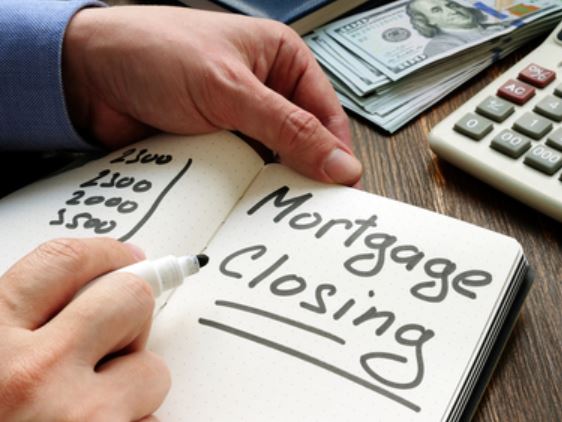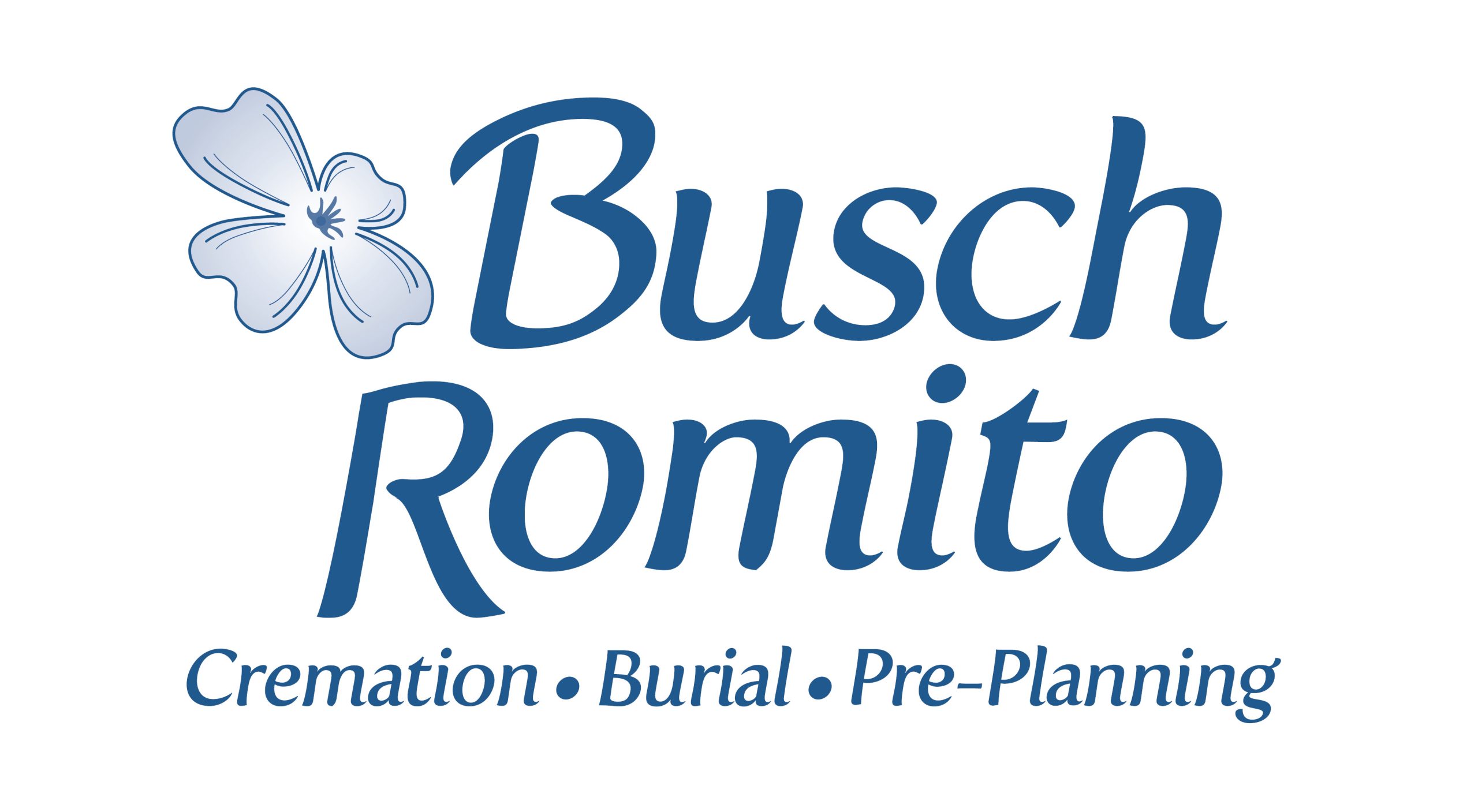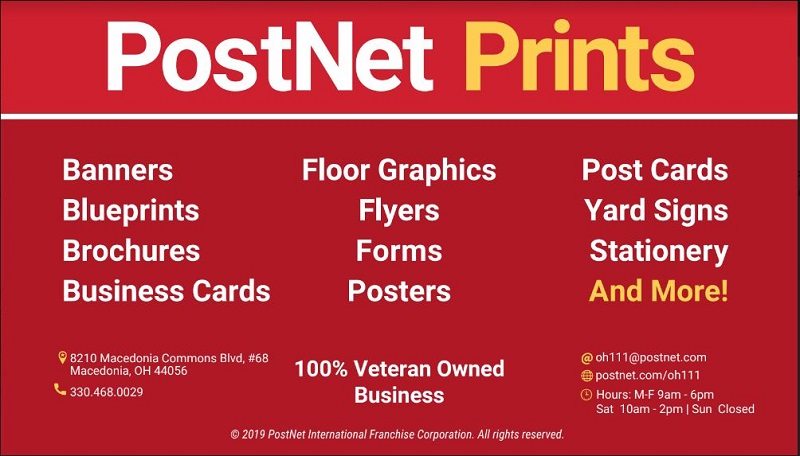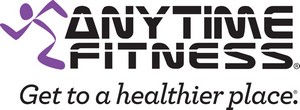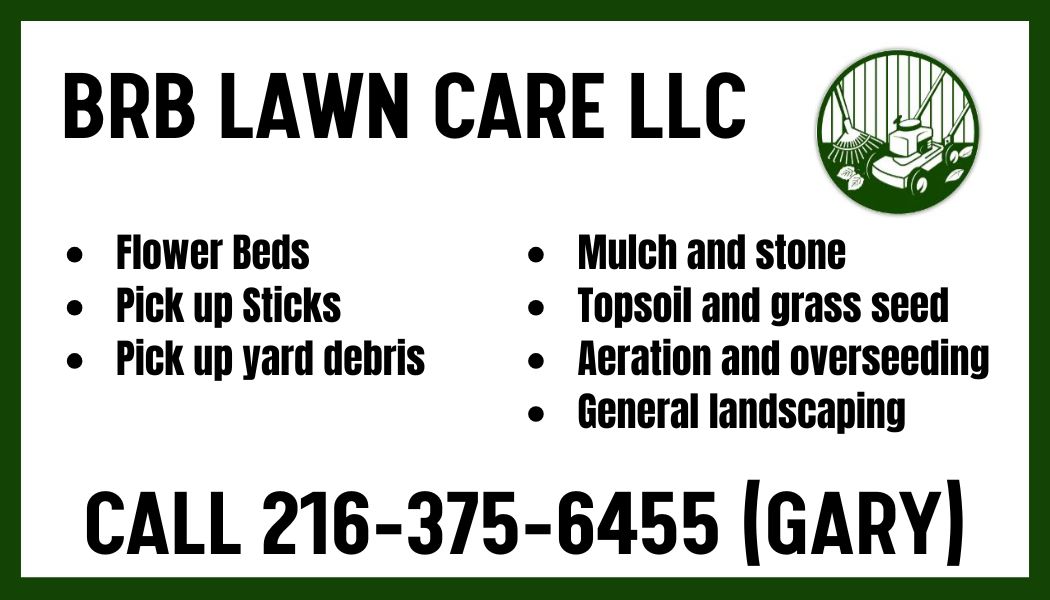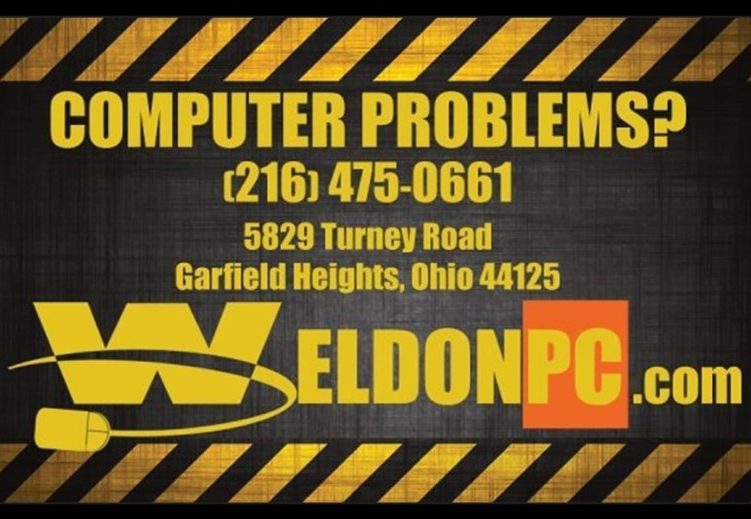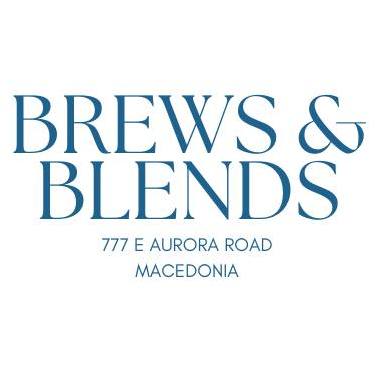When you take out a mortgage loan, you’ll have to pay closing costs, the fees that your lender and other third-party companies charge for originating your home loan. These fees can run thousands of dollars, and you’ll typically have the option to pay them upfront as a single payment or roll them into your total mortgage amount and pay them back with your regular payments. Which choice is best? As usual, it depends on your financial situation.
How much are the closing costs?
How much you pay in closing costs will vary, but you’ll usually pay from 2% to 6% of your total loan amount. For example, if you are borrowing $325,000, you can expect to pay from $6,500 to $19,500 in closing costs.
That’s a lot of money, and that doesn’t even include the cost of whatever down payment you provide. It’s not surprising, then, that many homebuyers struggle to come up with such a large amount of cash.
Fortunately, you have a choice. You can either pay your closing costs upfront or you can roll them into your mortgage amount.
How does that work?
You might choose to pay your closing costs upfront if you first sold a home before buying your new one. That way, you can use part of the money from your home sale to pay your mortgage’s closing costs. This approach will save you money: If you instead roll your closing costs into your new mortgage, you’ll be paying interest on those fees, something that will cost you more in the long run.
But what if you don’t have much extra cash? Then rolling your closing costs into your total loan amount might make sense, even if it will cost you more over time.
If you take out a $300,000 mortgage and you owe $5,000 in closing costs, instead of paying your closing costs upfront, you could instead add them to your mortgage amount. Instead of taking out a loan of $300,000, you’d take one out for $305,000. You’d then pay back that amount over time with regular monthly payments, with interest.
Again, rolling your closing costs into your loan amount makes sense when you don’t have as much extra money to spend. Buyers who haven’t sold another home first, for instance, might go this route because they can’t rely on the proceeds from a home sale to cover thousands of dollars in closing costs.
The downside of rolling your closing costs into your mortgage
When you roll your closing costs into your mortgage amount, you’ll pay interest on these costs throughout the life of your loan. This means that you’ll pay much more for these costs than if you paid them upfront. If you can afford to cover your closing costs, it always makes more sense to pay them upfront.
Depending on how large of a mortgage for which you can qualify, you might not be able to add your closing costs to your loan amount. Say you are approved for a maximum mortgage amount of $310,000. If you take out a mortgage for $308,000 and your closing costs are $5,000, you wouldn’t be able to roll all these fees into your mortgage.
The best move? Talk with your mortgage lender about your closing cost options. Your lender can help you decide whether paying upfront or rolling your costs into your mortgage is the better choice.
Claudine Steinfurth
REALTOR®
(216) 409-4039
csteinfurt@aol.com
RE/MAX Above & Beyond
7570 Chippewa Road
Brecksville, OH 44141




